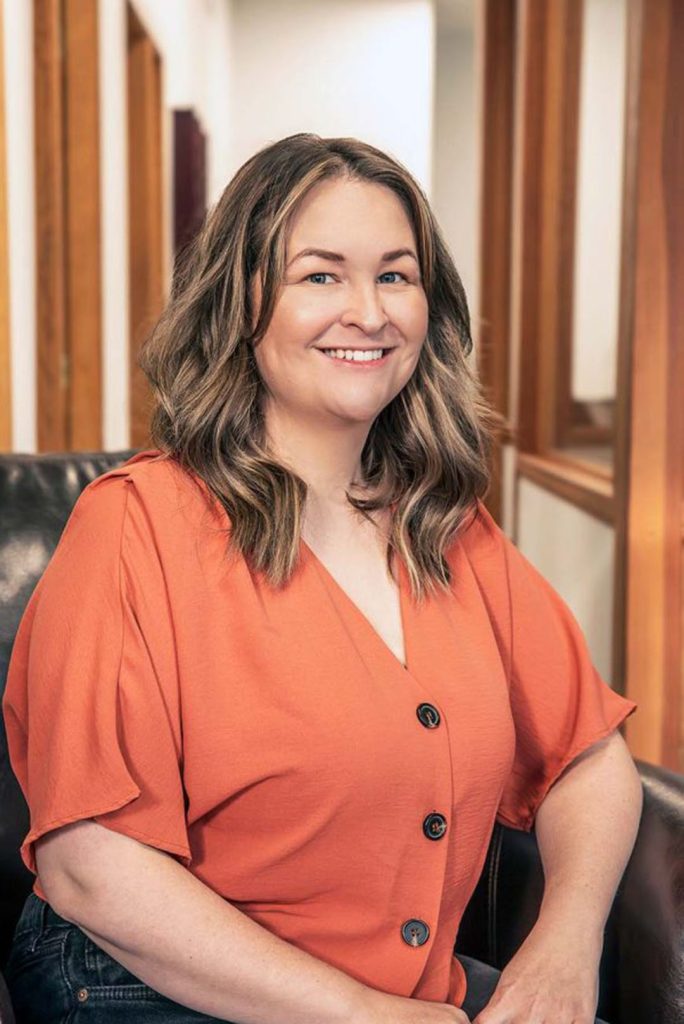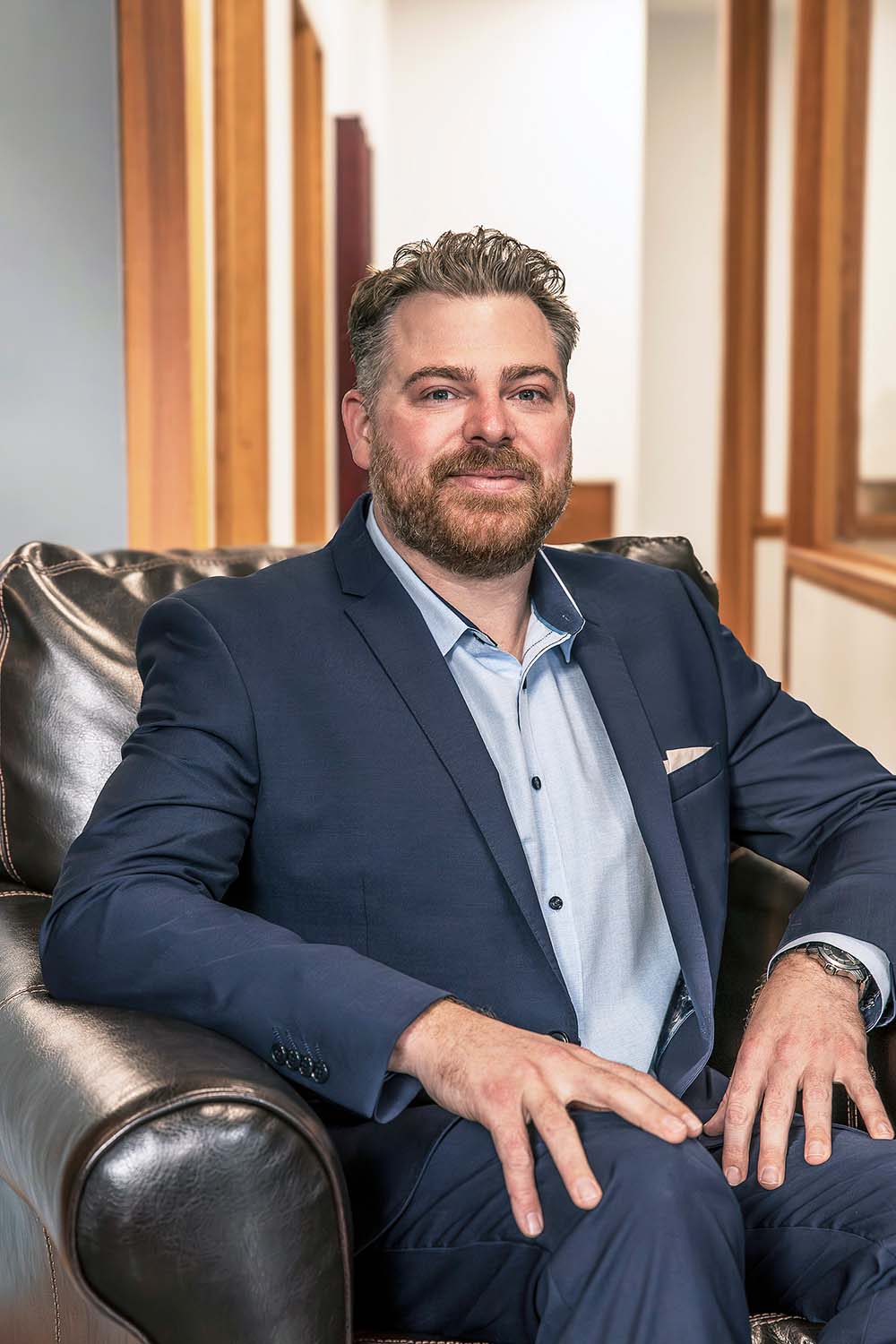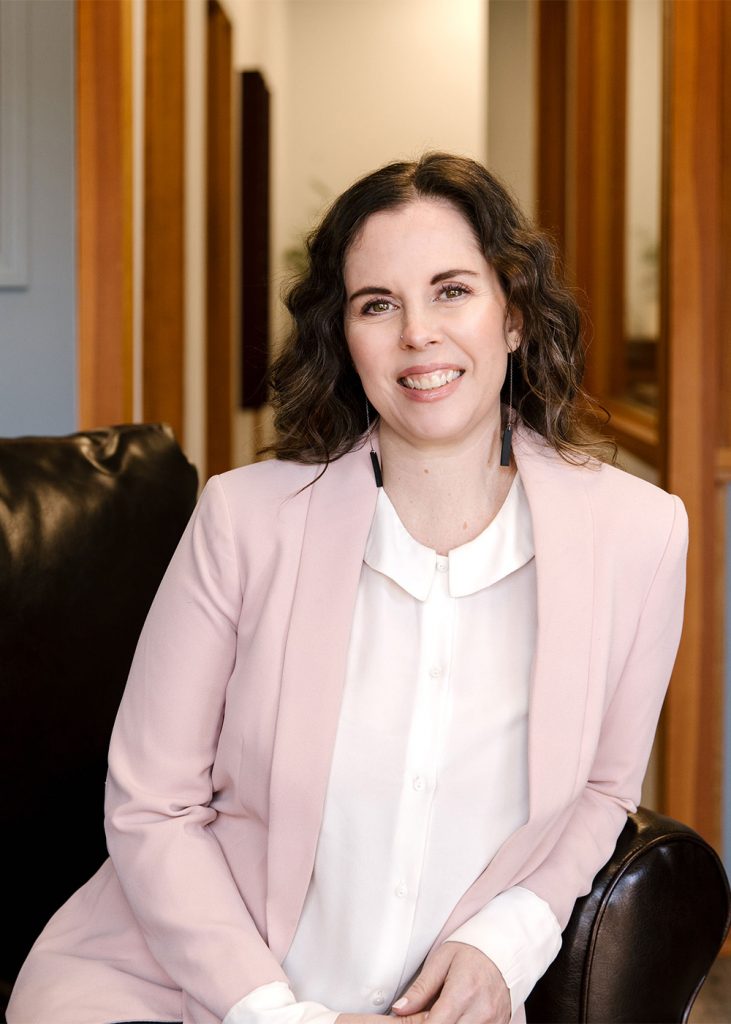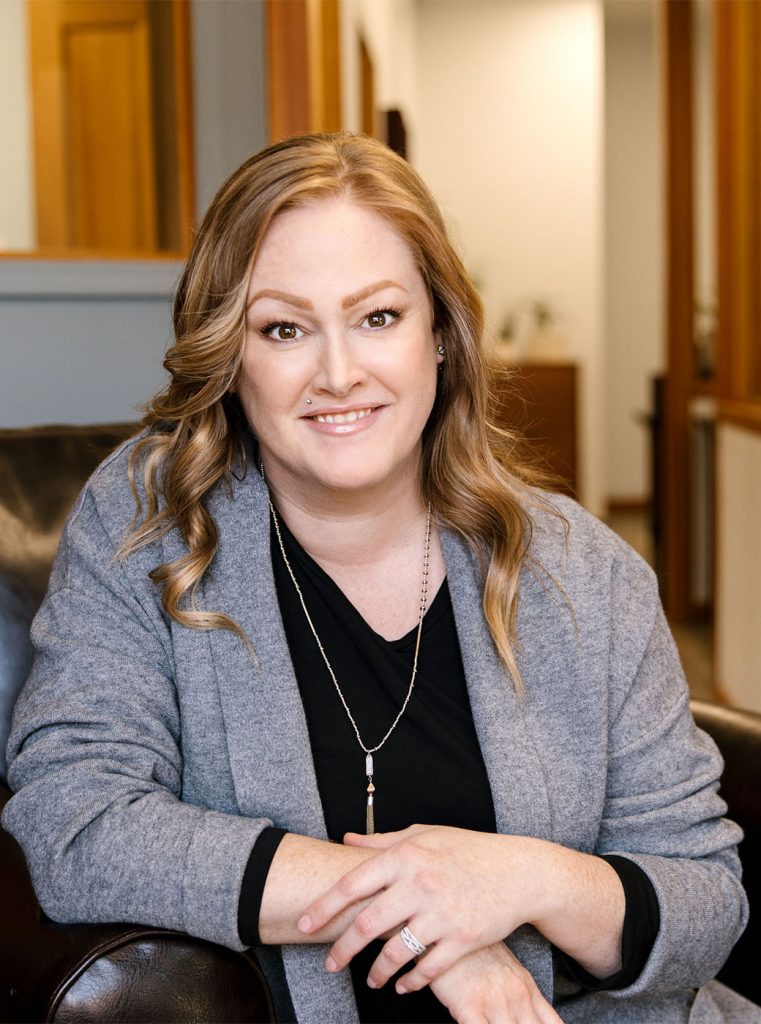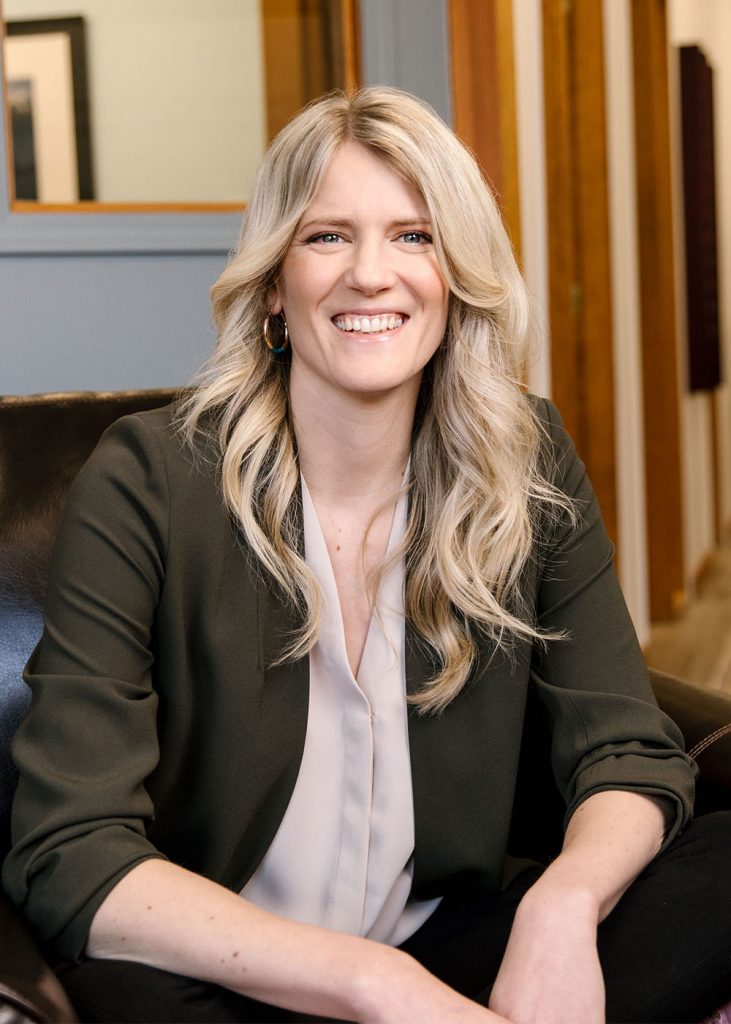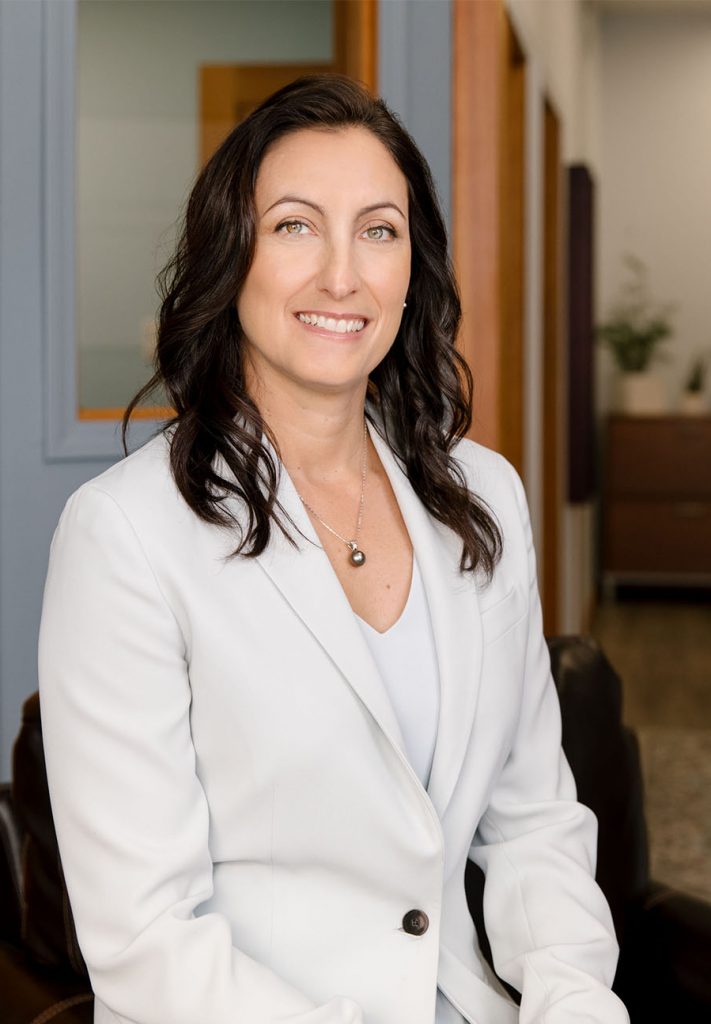You are not alone
What you need to know about saving for retirement is that you’re normal if you haven’t been doing enough of it. If your default is to scroll away when you see a shaming social media post about how “the best time to start was yesterday”, you are not alone. If you feel you should be farther along than you already are in your retirement savings because you haven’t saved enough or made good investment returns, you should know there are many people like you. If you’re one of the people who thinks they’ll never be able to retire, you should know many people feel this way. If you don’t know what to do or where to start, or if the thought of a future retirement causes unease or anxiety, you deserve compassion.
You deserve compassion most of all because the Canadian education system does not have a curriculum on personal finance or on financial planning. There’s no education on how to budget or how to prepare your tax return, let alone how to save for retirement or what retirement planning even consists of. The Canadian social support system also puts most of the responsibility for retirement savings on individual shoulders. With all that responsibility, no education, and a culture of individualism that inspires competitiveness, it’s easy to see why people feel lost, behind the curve, and anxious.
What we know about reducing anxiety or stress is that it helps to face the problem with the support of a financial professional, just like meeting with a therapist. Our clients consistently tell us that they feel relief after only the first meeting with us. If you’re not ready to get the meeting started, this article can start the process of informing you and therefore reducing stress and anxiety.
For those who aren’t anxious but just curious, this article will also be helpful to you!
What social supports are available
There are some social supports provided by public pensions in Canada, which should provide a bit of relief from any anxieties about retirement savings. If you don’t manage to save much but have worked full time most of your life in Canada as an employee, you can still receive some retirement income as early as age 60; however, the amount of income will be highest if you work to age 70. High cost of living areas like the lower mainland of BC may become unaffordable if you’re relying on those supports without any additional income from retirement savings, but the social supports do exist and can provide some income in retirement.
Financial independence & saving for retirement
Saving for retirement is a broad description of an activity that just means putting away funds that you don’t intend to use until you’re retired. It also implies for most people that the funds will be invested in some way, generating compound returns.
Financial independence is a term that means you’re earning passive income from your investments (and possibly pensions) that covers the costs of your lifestyle. The colloquial meaning of this term implies you could live off the income forever while potentially not needing to reduce the inflation-adjusted value of the principal.
For most people, financial independence is synonymous with retirement.
Accelerating the timeline
Why is it that most people retire around the same age, about 65? Why is 50 not the typical age, or 80? It could go without saying that many people dream of retiring or semi-retiring early, so why is it that many people don’t?
Well, the earliest you can begin taking your Canada Pension Plan is age 60, but the monthly amount receivable would be 36% higher if you can delay taking it until age 65 (and a further 42% higher if you delay taking it until age 70). Old Age Security benefits can begin at 65 as well. The age when people are eligible to begin receiving these pensions being about age 65 is a big factor in why many people end up retiring at this age.
Retiring requires trade-offs, no matter what age you retire. If you must work very late into your life, the potential trade-offs could be discomfort or pain at work due to age, boredom, weariness, reduction of freedom or exposure to the risk of job loss and the resulting risk of financial insecurity. If you retire early in life, the potential trade-off is having less resources during your healthiest and most energetic years to use for your enrichment because it’s being used to build an investment portfolio.
Many people dream of retiring early, but many people also prefer to use a lot of their income for their enjoyment now. Retiring well before the traditional age of 65 often requires spending much less income than your peers so that the difference can be invested.
Saving for retirement vs. a retirement plan
Retirement calculators
Many people have Googled, “How much do I need to retire?” and found an online retirement calculator. Their income and their age were entered and then they pressed the “calculate” button. The calculator then spat out some obscene number in the millions, at which they stared aghast before slamming their laptop shut. Later, over drinks with friends, they drearily commiserate that there’s no chance they’ll be able to retire. They may imagine working late into their 70s & 80s, hands aching with rheumatoid arthritis with no way to stop working. Is it any wonder that the idea of saving for retirement makes people feel hopeless?
Unstructured savings
There are a few ways in which some people will often begin to save for retirement.
- Save any amount you feel you can afford each month.
- Sign up for your Group RRSP through work, contributing whatever amount you can to get a “match”.
- Follow a “rule of thumb” for amounts to save (like the 30/50/20 rule which recommends spending your after-tax income on 50% needs, 30% wants & 20% savings).
All the above activities are considered “saving” and don’t factor in specific account types (like saving money into an RRSP or TFSA). Also, very importantly, none of these activities specifies that the money was invested and there’s no plan. Therefore, the above strategies can miss out on tax planning and investment planning opportunities and could fail to provide you with enough money when you’re ready to retire.
Retirement plans
Retirement planning is quite different from the above “unstructured savings” activities.
Meeting with a financial planner or wealth advisor can help with how much to save each month for retirement. A financial planner will get to know you and your lifestyle. They’ll want to know more about you, and will ask any of the following questions:
- What is your employment history?
- How long have you lived in Canada?
- What is your income today and how much are you saving each year?
- What are your career prospects like and how do you expect your income to grow?
- How much financial support do you plan to give your kids?
- How much financial support do you plan to give your parents?
- Do you anticipate any financial windfalls from inheritances in the future?
- Do you want to leave a financial legacy, either to your family or to a charity?
- What if there’s a medical event causing death or disability in your family? Where will income come from until and through retirement, and how would your family manage the financial harm?
- What kind of retirement lifestyle do you envision?
- Where do you plan to live in retirement?
The above list is very generic and general, and I’m sure that alone has gotten you thinking about how much each of these would vastly impact each person’s income needs in their retirement phase. How could any online calculator account for these individual differences? The only firm recommendation we’ll make in this article is to consider disregarding those anxiety-inducing retirement calculator results.
Where to start
Making sure the basics are covered first
For most people, saving for retirement should come after your basics have been covered. That means that you’ve already established a sufficient emergency fund. Saving for retirement should also come after your financial risk is managed. In many cases, a family’s greatest financial risk is not insufficient retirement savings but in fact is the risk of the death or disability of an earner. Most families depend on the income they earn for their savings and lifestyle – the loss of that income due to untimely death or the even greater risk of permanent disability (because of the likelihood of increased medical or accessibility costs) needs to be managed first. During your early- & mid-earning years, your ability to earn an income is your greatest asset. If your retirement plan depends on a level of savings every year for 20 years, how could you build up those retirement assets if you became permanently disabled in year 10? Even a relatively short-term disability of 2 years could have a dramatic impact on your retirement savings, because not only do you miss out on those savings, but you also miss out on those compound returns. Without enough income protection, of course you’ll likely have to pull from those retirement savings, derailing years of work and potentially pushing the date of retirement back or reducing the amount of lifestyle spending you could have.
It’s important to note that many people believe their Group insurance through work provides enough income protection, but all plans are not created equal, and the Sweeney Bride team recommends that those policies be analyzed by a financial planner or insurance specialist to identify any gaps in your coverage.
Strategies that work for (almost) everyone
The Sweeney Bride team’s specialty is uncovering gaps like the above and getting to know our clients very personally so we can make the right retirement planning recommendations. We love talking to our clients about the deep stuff because money is tied so thoroughly to everything personal to us. Saving for retirement isn’t an activity that can be done in isolation, because it’s tied completely to our family, our history, our future, and our dreams
Still, there are a few strategies that work for almost everyone.
- If your employer offers RRSP matching, you should almost always take the match.
- As an example, an employer will match 100% of your contributions up to 5% of your salary. If your salary is $100,000 and you contribute $5,000 to the RRSP, then your employer will also contribute $5,000. Doubling your money in a matter of days is very rare, and you otherwise lose the compensation, which is why most people should contribute the maximum they can, to get the employer match.
- If your employer offers Group RRSPs, another reason to sign up is to take advantage of at-source RRSP deductions from your pay.
- This makes saving each month a bit easier since your employer’s accountant won’t need to withhold any tax on your contributions, meaning you’ll need less funds each month to make the same contribution (i.e. if your average tax rate is 30%, if you were to contribute the 2022 annual max to a personal RRSP, you’d need to contribute $29,210 for the year with the after-tax funds in your bank account). Using a Group RRSP with at-source deductions, you could only need to contribute $20,587.
- This strategy should be reviewed with a financial planner, as not all Group RRSPs are created equal, and neither are all the investment options available in those plans.
- This makes saving each month a bit easier since your employer’s accountant won’t need to withhold any tax on your contributions, meaning you’ll need less funds each month to make the same contribution (i.e. if your average tax rate is 30%, if you were to contribute the 2022 annual max to a personal RRSP, you’d need to contribute $29,210 for the year with the after-tax funds in your bank account). Using a Group RRSP with at-source deductions, you could only need to contribute $20,587.
- Set up automatic transfers on payday from your bank account to your retirement account. Start with an amount you know you can achieve every single month to build confidence and faith in yourself. A small amount contributed regularly will do better than larger amounts contributed inconsistently. The tortoise and the hare, right?
What’s next
The main takeaway from this article should be that there’s a lot more to your retirement figures than a retirement calculator can give you. There are also some social supports available, and a lot we can do to change our retirement outcomes. Another key takeaway is that taking action towards your retirement savings will help reduce any stress you might feel about this topic.
What we didn’t cover in this article is the impact of time on our retirement, the power of compound returns, investment strategies, how to use tax-preferred accounts or how to make a retirement plan. We also didn’t cover how prioritizing certain goals (like buying a home or funding your kids’ education) can impact your retirement savings. All these have an impact on retirement savings, but the contents of this article are a starting point.
If this article has gotten you thinking and you’d like some professional help with retirement planning, we’d love to meet with you. Reach out to our team here.



